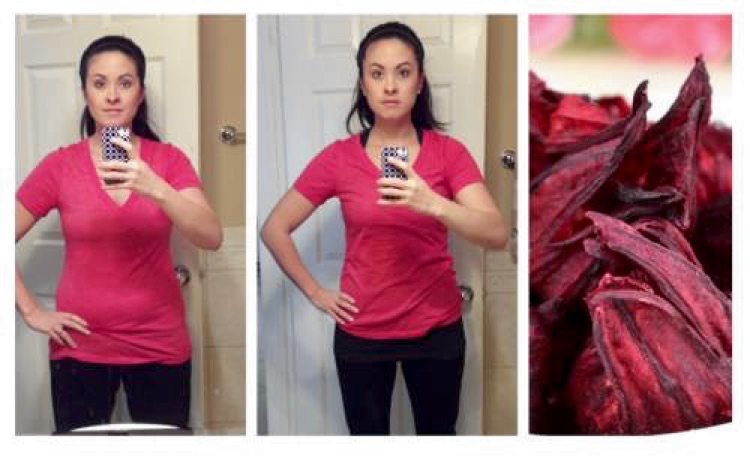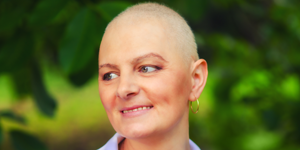Inflammatory breast cancer
Inflammatory breast cancer cure: Major treatment approach

Inflammatory breast cancer cure using various treatment approaches
The best inflammatory breast cancer cure arises from the major treatment approaches beginning with chemotherapy, followed by surgery and radiation therapy. Doctor Dalal Akoury MD, President and founder of AWAREmed health and wellness resource center is going to help us understand the significance of these treatment approach as follows.
Chemotherapy – this uses chemicals to kill cancer cells. The patient is given chemotherapy drugs through a vein (intravenously), in pill form or both. Chemotherapy normally precedes surgery for inflammatory breast cancer through a process known as neoadjuvant therapy. Its aims to shrink the cancer before the surgery. Chemotherapy can also be used after surgery.
Surgery – after a successful chemotherapy, the patient goes through an operation to remove the affected breast (mastectomy). A modified radical mastectomy is used in removing the breast completely and other nearby lymph nodes. The lymph nodes are tested for signs of cancer.
Radiation therapy – this uses high-powered energy beams like X-rays and protons to kill cancer cells. The patient is laid on a table while the radiating machine moves around the patient directing the energy beams to cancer cells. This approach can be applies either before or after both chemotherapy and surgery to kill any remnants of cancer cells in the breast and under the arm. Besides the three, there are other treatments that may be used if tests reveals that they may be beneficial. Like for instance
Inflammatory breast cancer cure: Other treatments approaches
Targeted therapy -The therapy kills cancer by focusing on the cancer cells’ vulnerabilities. However, where inflammatory breast cancer has a genetic mutation, medications like trastuzumab (Herceptin) and pertuzumab (Perjeta) may be administered. These medications target a protein called HER2 that helps some inflammatory breast cancer cells grow and rapidly. When the HER2 are produced in large numbers, these medications will block HER2 killing the cancer cells. These medications can be combined with chemotherapy.
Hormone therapy – where the inflammatory breast cancer is penetrating the hormones, hormonal therapy may be recommended. The following are some of the hormone therapy treatments:
- A medication that blocks hormones from attaching to cancer cells. Tamoxifen is a type of drug called a selective estrogen receptor modulator (SERM). SERMs act by blocking any estrogen present in the body from attaching to the estrogen receptor on the cancer cells, slowing the growth of tumors and killing tumor cells.
- Medications that stop the body from making estrogen after menopause. Aromatase inhibitors are drugs blocking the action of an enzyme that converts androgens in the body into estrogen. They are effective only in postmenopausal women.
Inflammatory breast cancer cure: Palliative care
Palliative care is specialized medical care that focuses on providing relief from pain and other symptoms of a serious illness. Palliative care specialists work with the patient and their loved ones alongside their specialist to provide an extra layer of support to complements the ongoing care. Palliative care can be used while undergoing other aggressive treatments like surgery, chemotherapy or radiation therapy. According to the expert opinion of doctor Akoury, palliative care is essential and when implemented together with all the relevant treatments, cancer patients will feel a shy of relief and live longer. As professionals, we want to be part of your healing process. You can call us for more care and professional input.
Inflammatory breast cancer cure: Major treatment approach








